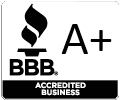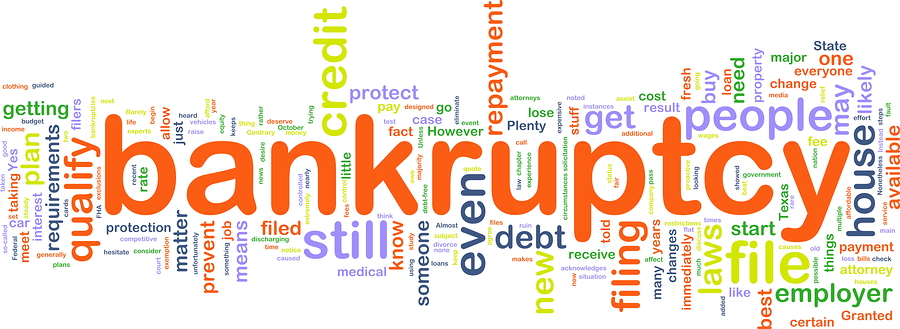Bankruptcy is divided into Chapters (7, 9, 11, 12, 13 and 15). Individuals generally use Chapters 7, 12, 13 and 11. Corporations generally use Chapters 7 and 11. Family farmers and family fisherman generally use Chapters 7, 12 and 13. Chapter 9 is available to municipalities and Chapter 15 is available to parties operating in more than one country; this article will not discuss Chapters 9 and 15.
Chapter 7 – Chapter 7 bankruptcy is also referred to as a liquidating bankruptcy case and is available to most individuals, partnerships and corporations. Individuals filing under Chapter 7 are subject to a Means Test and a pre-filing Credit Counseling requirement. Chapter 7 is designed to give the honest debtor a fresh start by discharging most unsecured debts (partnerships and corporations are not entitled to a discharge).
Chapter 11 – Chapter 11 is often referred to as Reorganization, and is available to individuals, partnerships and corporations. Partnerships and corporations seeking to reorganize are required to file under Chapter 11 and must be represented by an attorney. Individuals filing under Chapter 11 are subject to a Means Test and will generally seek to file under Chapter 13 (or 12) when this is available.
Chapter 12 – Chapter 12 is used by Family Farmers and Family Fisherman with regular income to reorganize their debts through a repayment plan. The debtor must be engaged in farming operations or a commercial fishing operation. There are limits to the amount of debts that can be reorganized and a percentage of debts related to the farming or fishing operations. There are also limits on other sources of income.
Chapter 13 – Chapter 13 is also called a wage earner plan and is available to individuals with regular income (including sole proprietorships). A Chapter 13 Plan will repay all or part of debts over a three to five year Plan. Debtors are subject to a Means Test to determine the minimum term of the Plan as well as the minimum repayment to non-priority unsecured debts. There are limits to the amount of debts an individual can have to file a Chapter 13. A Chapter 13 is often used by individuals behind on secured debt payments such as home mortgage or automobile payments, and priority debt payments such as taxes, child support or spousal maintenance.







Post a Comment